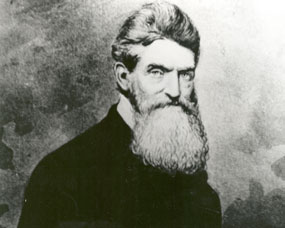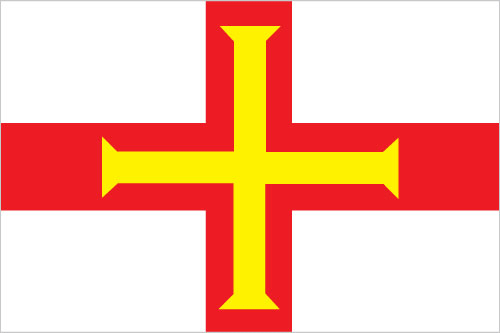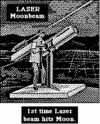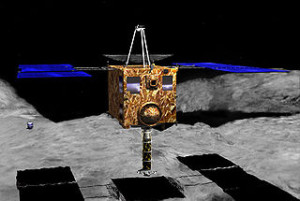Richard George Adams (born United Kingdom, 1920; died United Kingdom, December 24, 2016) was a writer. He is most famous for his fantasy book, Watership Down.
J. M. Barrie (born Kirriemuir, Scotland, 1860; died London, England, June 19, 1937) was an author. One of his works was Peter Pan. Children can read many of his works at: Project Gutenberg. They can also learn more at: J. M. Barrie.
Belle Boyd (born Martinsburg, Virginia, 1843; died Kilbourne, Wisconsin, June 11, 1900) was a Confederate spy. After the Civil War, she was an actress and speaker.

John Brown
John Brown (born Torrington, Connecticut, 1800; hanged Charles Town, West Virginia, December 2, 1859) was an abolitionist. He led a raid on Harpers Ferry in the cause of abolition. He was caught and hanged. Children could learn more about him and his raid at: John Brown.
Howard Carter (born Kensington, London, United Kingdom, 1873; died Kensington, London, United Kingdom, March 2, 1939) was an archaeologist. He discovered King Tut’s tomb. Older children could read In the Valley of the Kings: Howard Carter and the Mystery of King Tutankhamen’s Tomb by Daniel Meyerson.
William Pène du Bois (born Nutley, New Jersey, 1916; died Nice, France, February 5, 1993) wrote and illustrated children’s books. He received the 1948 Newbery Medal for The Twenty-One Balloons. His Bear Party was a 1952 Caldecott Honor Book, and Lion was a 1957 Caldecott Honor Book. Children can learn more at: William Pene du Bois.
Eleanor Estes (born West Haven, Connecticut, 1906; died West Haven, Connecticut, July 15, 1988) wrote and illustrated at least 20 books for children. She earned three Newbery Honor Awards: The Middle Moffat in 1943, Rufus M. in 1944, and The Hundred Dresses in 1945. She received the 1952 Newbery Medal for Ginger Pye. Children can learn more at: Eleanor Estes.


 Laser beam was bounced off the moon’s surface successfully in 1962. Scientists from MIT illuminated a bit of the moon’s surface. A lunar laser ranger from Apollo 11 helped refine future laser beams aimed at the moon. Scientists have found that the moon is moving a bit away from the earth and that the moon has a liquid core.
Laser beam was bounced off the moon’s surface successfully in 1962. Scientists from MIT illuminated a bit of the moon’s surface. A lunar laser ranger from Apollo 11 helped refine future laser beams aimed at the moon. Scientists have found that the moon is moving a bit away from the earth and that the moon has a liquid core.
